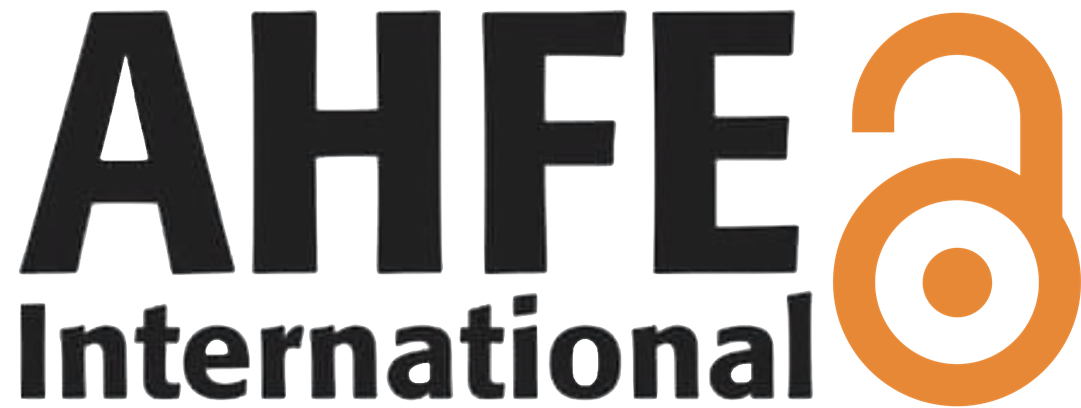Optimizing Healthcare Efficiency with Local Large Language Models
Open Access
Article
Conference Proceedings
Authors: Ivan Lorencin, Nikola Tankovic, Darko Etinger
Abstract: Large Language Models (LLMs) are increasingly recognized for their potential to alleviate administrative burdens in healthcare, enabling medical professionals to focus more on patient care rather than time-consuming administrative tasks. This paper explores how local LLMs can support healthcare settings by automating and streamlining routine administrative duties, improving workflow efficiency, and ultimately enhancing patient care.One of the key applications of LLMs is in the management of medical documentation. Healthcare professionals often spend significant time on tasks such as transcribing patient notes, updating medical records, and completing forms. By using LLMs, these processes can be automated or simplified. The models can transcribe and structure patient interactions in real-time, generate diagnostic summaries, and update electronic health records (EHRs) based on structured inputs, reducing the time healthcare providers spend on paperwork. This not only saves valuable time but also minimizes the risk of errors associated with manual data entry.Another area where LLMs can be beneficial is in appointment scheduling and patient communication. LLMs can be integrated into practice management systems to manage appointments, send reminders, and handle patient inquiries. By processing natural language requests, these models can schedule or reschedule appointments, direct patients to the appropriate specialists, and provide answers to frequently asked questions. This reduces the administrative workload for healthcare staff, allowing them to focus on more critical tasks and improving overall clinic efficiency.In addition, LLMs can assist with billing and insurance processing. By automatically extracting relevant information from patient records and claims, LLMs can generate billing codes, verify insurance coverage, and ensure that all necessary documentation is submitted. This reduces the administrative burden on healthcare providers and billing departments, streamlining the reimbursement process and minimizing errors in insurance claims.Local LLMs also aid in regulatory compliance by automatically ensuring that healthcare institutions adhere to relevant legal requirements, such as patient consent and privacy regulations. By continuously monitoring the creation and modification of medical records, these models can flag potential issues related to compliance and generate alerts, ensuring that healthcare providers remain in line with regulations such as GDPR. This proactive approach to compliance reduces the risk of legal liabilities and minimizes the time spent on manual checks.In conclusion, by automating tasks such as documentation, scheduling, billing, and regulatory compliance, local LLMs can improve workflow efficiency, reduce human error, and enhance overall productivity in healthcare settings. As the technology evolves, local LLMs have the potential to significantly transform healthcare operations, allowing medical professionals to focus on what matters most: their patients.
Keywords: Data Privacy, Healthcare System, Llama 3.2, Local LLMs, NotebookLM
DOI: 10.54941/ahfe1005863
Cite this paper:
Downloads
378
Visits
1383


 AHFE Open Access
AHFE Open Access